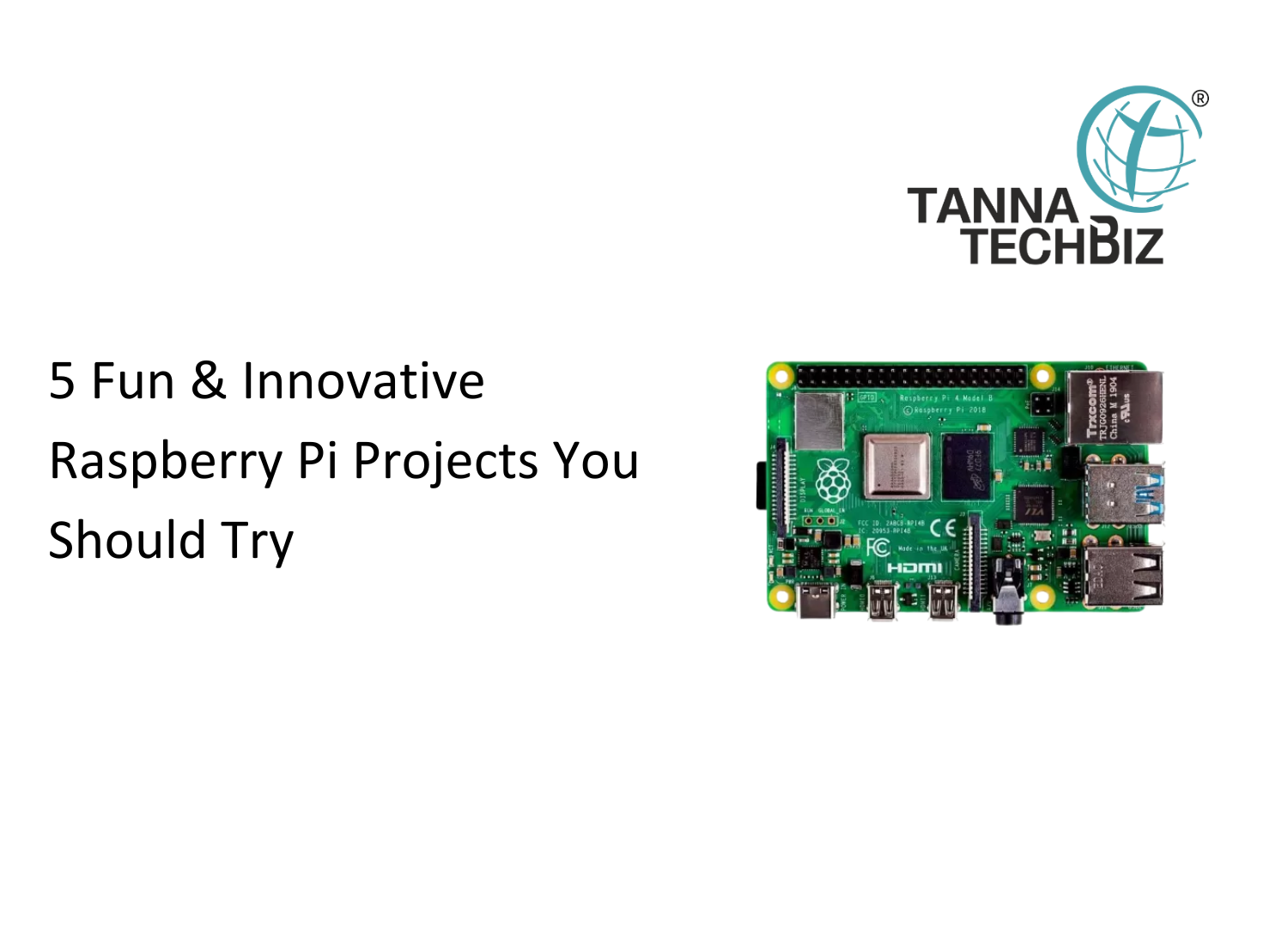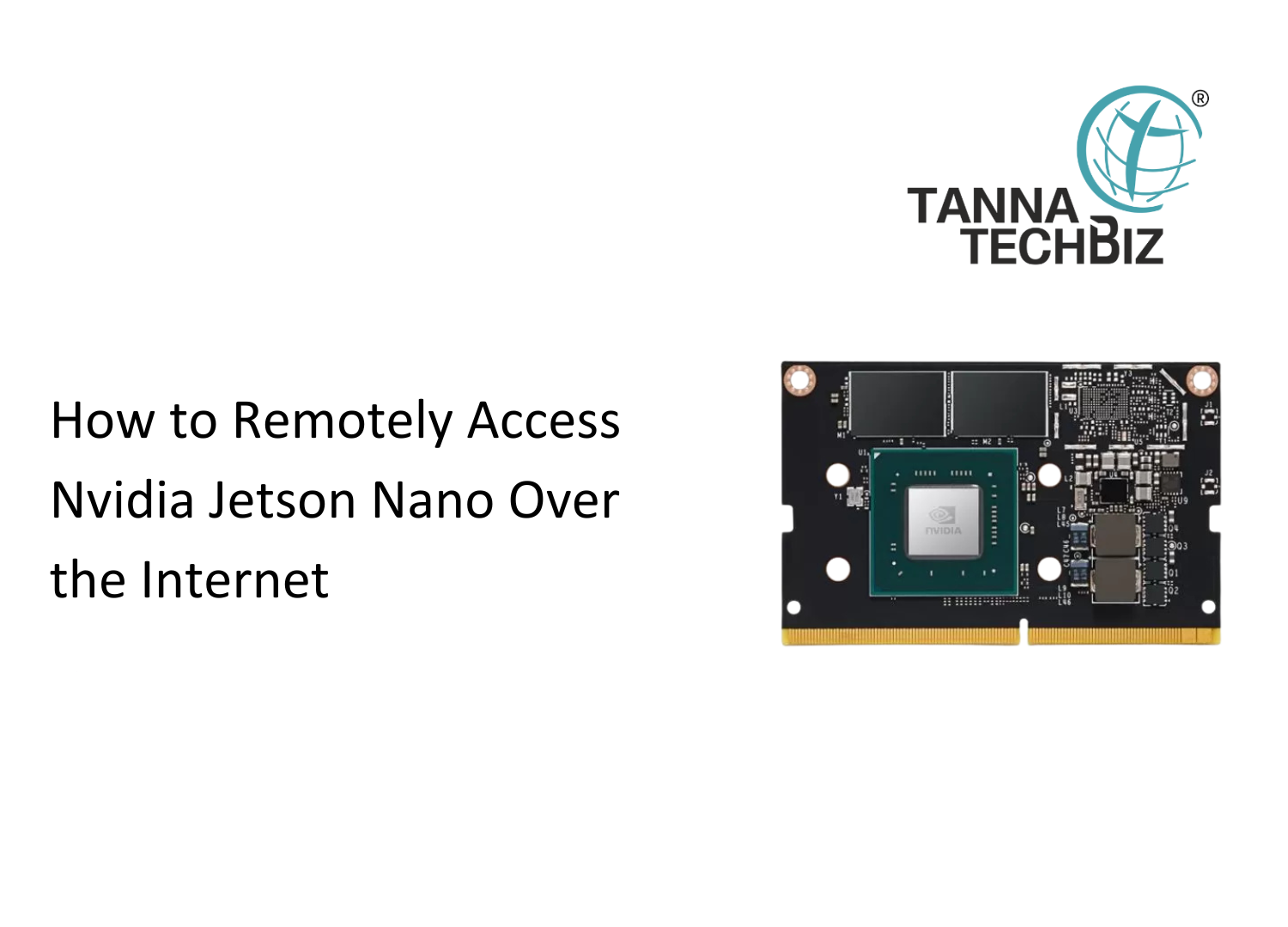Arduino vs Raspberry Pi: Choosing the Right Platform for Your Next Project
June 20, 2025 65

Electronic projects are always fun, but the selection of the platform on which to implement your project is crucial. Two of the most reliable names when it comes to DIY electronics are Arduino and Raspberry Pi.
Both are great resources in their respective ways, but are meant for different tasks. Understanding the forte of each will assist you in making the perfect choice for the next project you plan on working on.
Getting to Know Arduino
The Arduino is simplicity itself. It’s ideal when you need to deal with hardware in real time. It’s like a tiny brain which hears from the sensors and pushes out signals to the motors, lights, or buzzers.
Whether you are creating a simple robot, controlling your lights automatically, or creating a temperature-controlled fan, Arduino takes care of such jobs effortlessly. It’s light on power usage, does not require an elaborate setup, and is totally beginner-friendly when you are new to electronics.
Why Raspberry Pi Stands Out
The Raspberry Pi, on the other hand, is actually an entire mini-computer. It has its own processor and RAM and can accommodate an actual operating system like Linux. This makes it perfect for intensive tasks, like streaming videos, operating computations for AI, programming via Python, or hosting your website. It’s the ultimate choice if your project involves multitasking, networking, or multimedia handling.
Important Differences Making the Difference
- Power: Arduino is great at handling one task very well. Raspberry Pi is built for multitasking and heavy processing.
- Ease of Use: Arduino wins for beginners in electronics and real-time control. Raspberry Pi is better if you’re already comfortable with software and need more computing power.
- Connectivity: Raspberry Pi has built-in WiFi, Bluetooth and HDMI connectivity. Arduino would need add-ons to match those levels of connectivity.
- Cost: Both are cheap, but in the end, they rely on the requirements of your project. Simple sensors? Go Arduino. Do you need to stream videos or access the web? Raspberry Pi is your choice.
So, What Should You Go For?
If your project revolves around the sensors, motors, or basic decision making, Arduino is the intelligent choice. If you require the internet, display or advanced data handling, the Raspberry Pi would work better.
All about matching the tool to your idea. Choose well and enjoy building!



